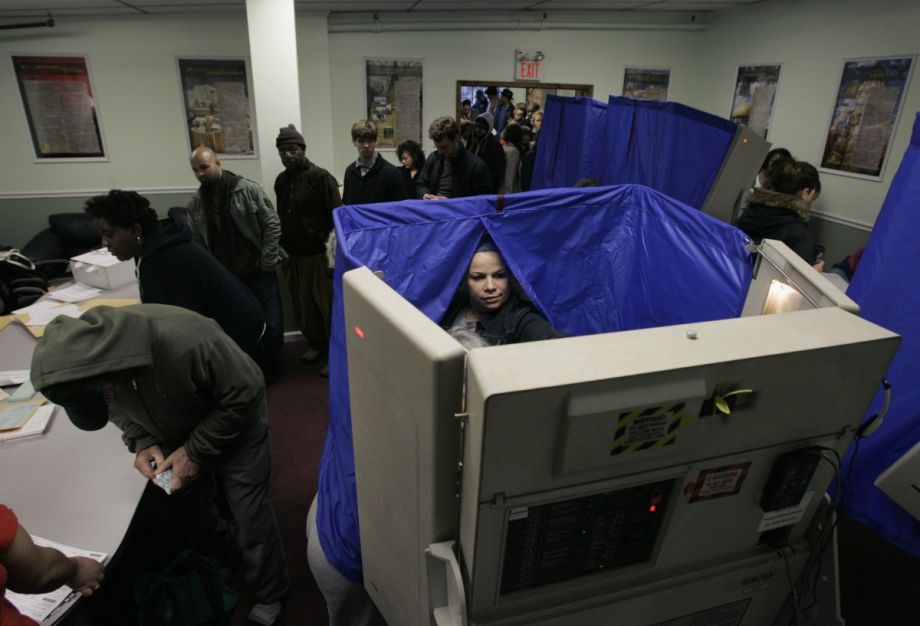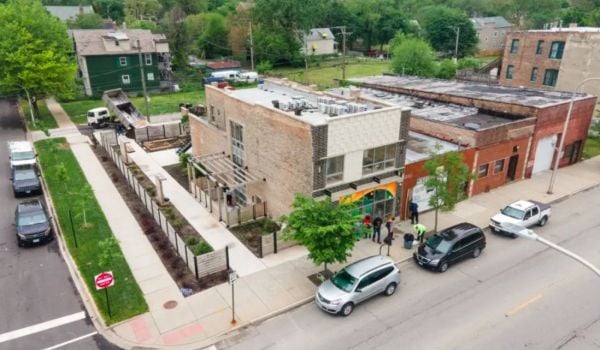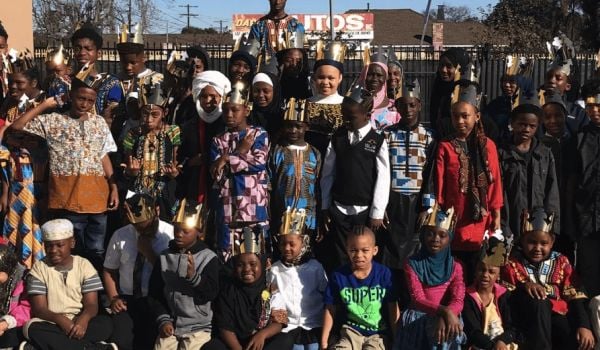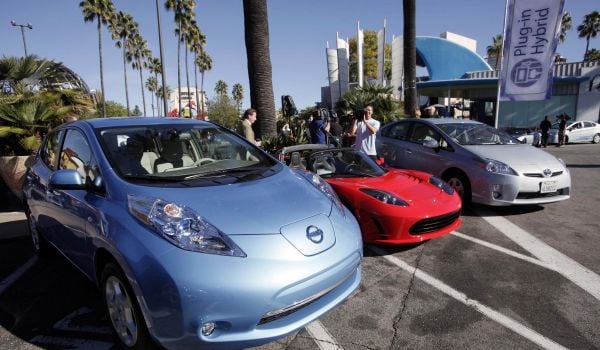In 2014, after Republicans had done quite well in the midterm elections, national party leaders were looking forward to the 2016 presidential election because of two big trends they were seeing. For one, the GOP had made substantial gains among independent voters in the midterms. Second, they calculated that the turnout for young voters and African-American voters — particularly in big urban areas — would be slightly smaller in 2016 because President Barack Obama wouldn’t be on the ballot.
Those two factors, the thinking went, would move the needle in swing states, turning them from blue to red. Of course, all this speculation was before Donald Trump was on the ballot. And though the turnout issue is crucial to both candidates as the election approaches, the speculation on who will turn out to vote in big cities has a multitude of variables that few saw coming.
The conventional wisdom has always been that higher turnout favors Democrats in national elections, based on the idea that Republicans skew older and vote more consistently, while Democratic voters tend to be younger and less reliable. Get the younger left-leaning voters to show up and you take the cities — take the cities and you take the states.
“It seems like a simple math problem in determining voter turnout, but in this election there are so many moving variables,” says Robert Griffin, a senior policy analyst for think tank Center for American Progress who has studied voter demographics in elections.
“The demographics of the swing states are different than they were four years ago, and in the cities even more so,” Griffin says. “The non-white population is increasing in those states, and the composition of the white electorate is a little more college educated. In general, that … [is] more problematic for Trump in this election. But a lot of the numbers can be deceptive because in this year’s election, who shows up to vote and who stays home might not follow the usual pattern. But for [Democratic candidate Hillary] Clinton, the turnout in urban areas is very important.”
Take Philadelphia for example. Obama beat Republican candidate Mitt Romney there 85-15 percent in 2012, a difference of 466,000 votes. Obama won the state of Pennsylvania by a total of 288,000 votes, meaning that Pennsylvanians outside of Philly preferred the Republican candidate by a margin of about 178,000.
About 60 percent of the registered voters in Philadelphia voted in 2012, which was close to the national average. Each percent of voters in Philadelphia is about 10,000 voters. So moving the turnout by 5 percentage points can mean a difference of about 50,000 votes, which could be a difference maker in a very tight race. And voter turnout percentage numbers can be very fragile, ranging from 50 to 70 percent, depending on the city. (How candidates are rated on urban issues like crime and social services and economic plans can be a factor.)
Voter turnout in U.S. cities for the 2016 presidential election will be more of a Democratic issue than a Republican one, given the overwhelming support Obama got among young voters of all races in 2008 and 2012, and also specifically among African-Americans.
“The advantage [Clinton] has is that those young black voters aren’t looking at Trump, so the issue is whether or not it is worth their time to show up at the polls or stay at home,” says Jan Leighley, co-author of Who Votes Now?: Demographics, Issues, Inequality, and Turnout in the United States.
Leighley says younger voters don’t necessarily associate Clinton with Obama.
“I don’t think saying she is part of the Obama [administration] gets her very much,” she says. “The boost that Obama got from being the first African-American president will subside in this election, because the younger folks don’t have a historical context. They are very much in the now. She can’t use the Obama leverage as much as you’d think.”
Most analysts agree that the turnout of African-American voters in 2016 will not be nearly as high as it was in 2008 or 2012, election years where black voters showed up in higher percentage numbers than the rest of the U.S population for the first time. But a recent study of African-American voter focus groups in Florida and Ohio by the Washington-based Brilliant Corners Research and Strategies, found that Clinton was scoring about 10-15 percentage points lower in support than Obama was in 2012.
“Young people, and black people in particular, find her as a very problematic candidate because they associate her with creating the prison industrial complex and mass incarceration done during her husband’s time as president. There is a real concern they will not show up because of that,” says Andra Gillespie, political science professor at Emory University. “Trump has a similar problem among white women in the suburbs, so this notion that low turnout can only affect Clinton is not based in fact. Both candidates are having problems with the support of what is perceived to be their base voters, and who has the ground game to get those voters out in higher numbers will have a big advantage.”
The ground game — having data on which voters are on the fence and fully staffed field offices in cities — affects voter turnout. A recent study of the effect that field offices had in the 2012 election in Franklin County, Ohio (which includes Columbus), found that voter turnout increased by 5 to 7 percent for those who lived close to the candidate’s field office. Obama had 14 field offices in Franklin County, and Romney had four; Obama won 60-40.
In the 2016 election, Clinton is outpacing ground game organization over Trump by a long shot. The Democratic nominee has 291 field offices in 15 battleground states compared to Trump’s 88 (and 56 of his are in Ohio, Wisconsin and Virginia). In Pennsylvania, Clinton has 36 field offices to Trump’s two; in Florida it is 34-1.
“I don’t think we can name a threshold number of what percentage turnout Clinton or Trump needs to have to win because there are so many variables on this,” says Aaron Weinschenk, a professor of political science at the University of Wisconsin–Green Bay who has studied voter turnout in municipal elections.
“But in order to win most of the battleground states, Democrats have to do well in the big cities, and field offices really matter in those cities,” Weinschenk says. “You have to call people, you have to knock on doors. I’m real curious to see how Trump not really having any field offices in cities affects this race.”
Gillespie says the ground game is crucial — but with a caveat. “Ultimately, which campaign has a better ground game is very, very crucial,” she says. “But in the urban areas, Obama also built a coalition of African-American and Hispanic and Asian and young voters of all races that held together very well. The question is whether they are going to turn out at the same rate as they did in the last two elections. That might be a deciding factor.”

















